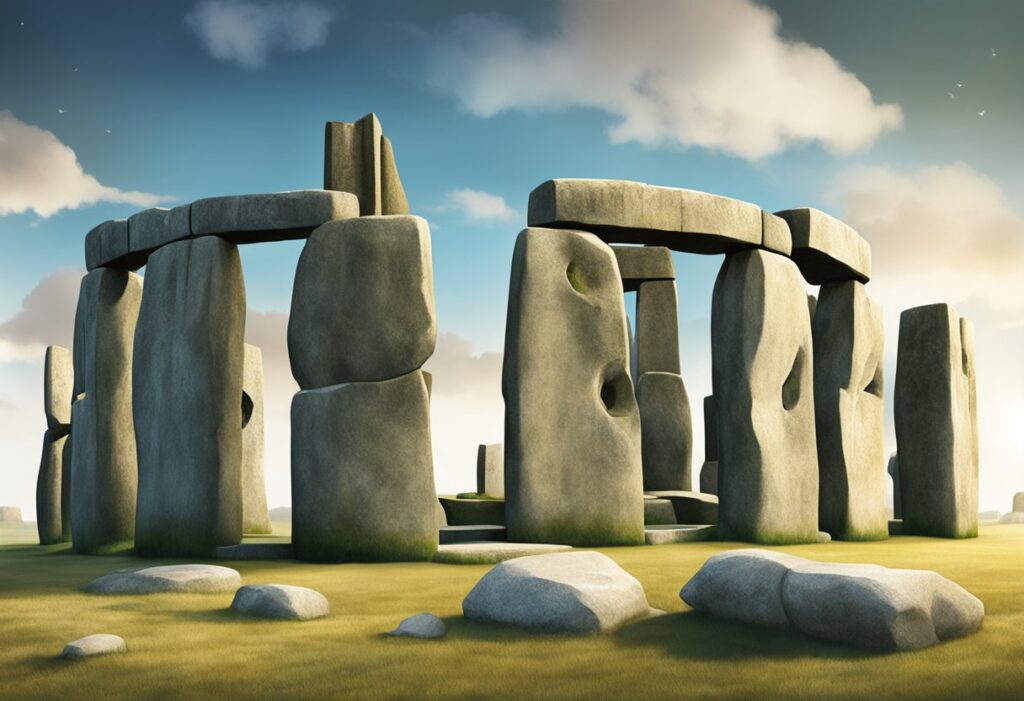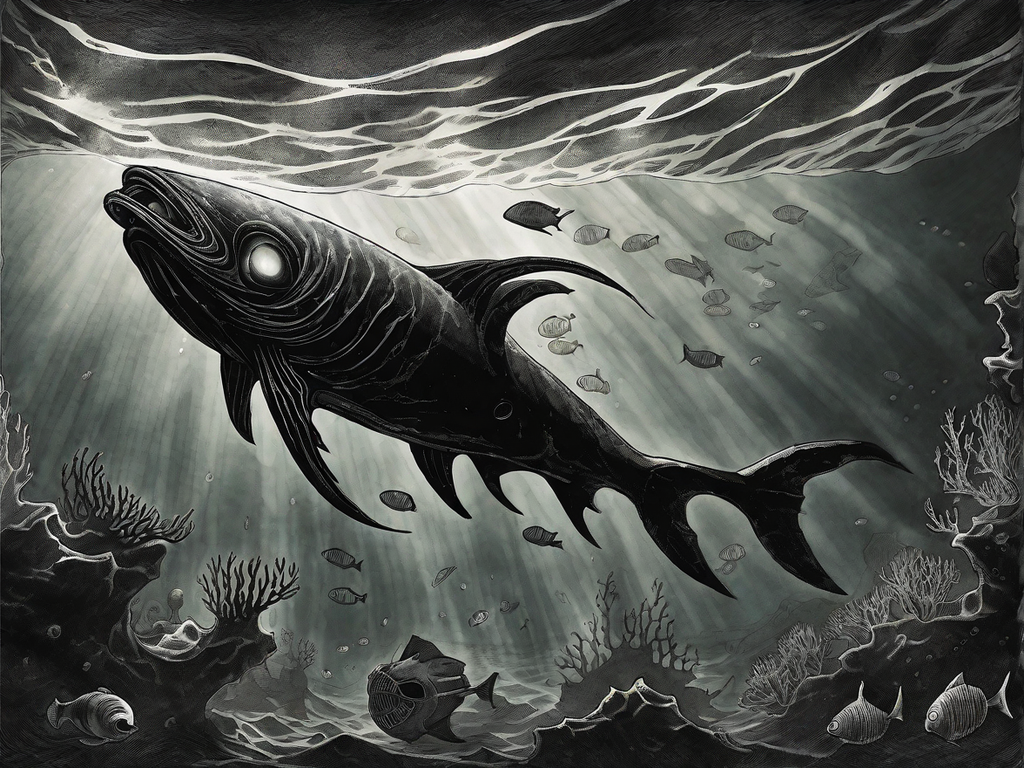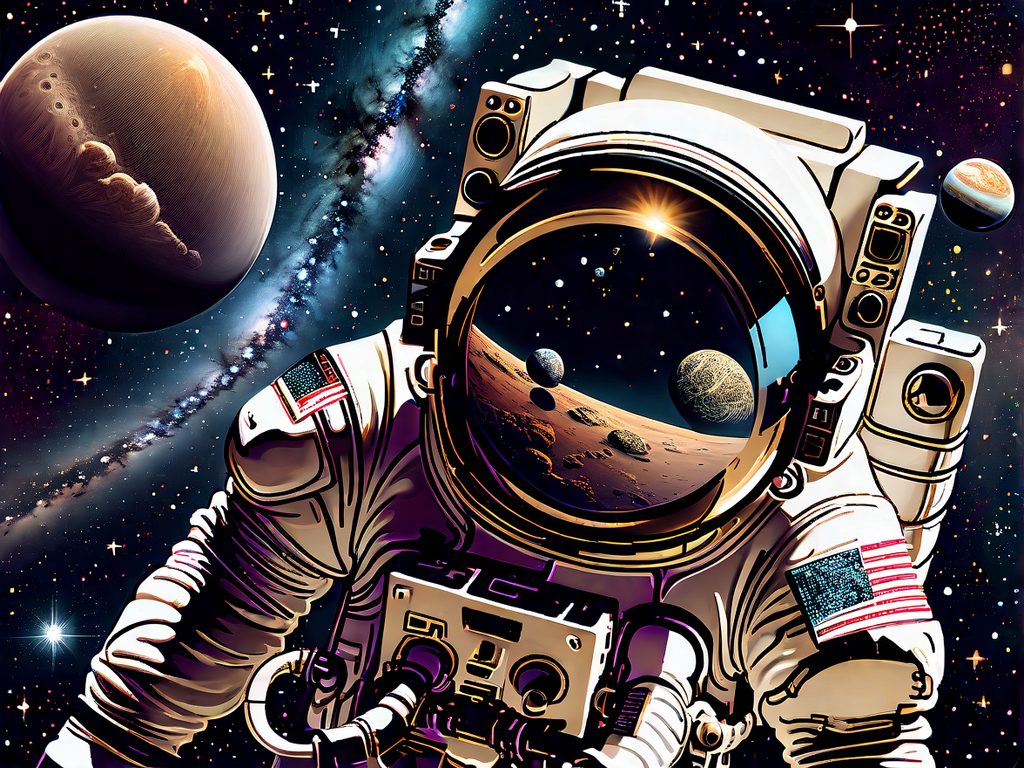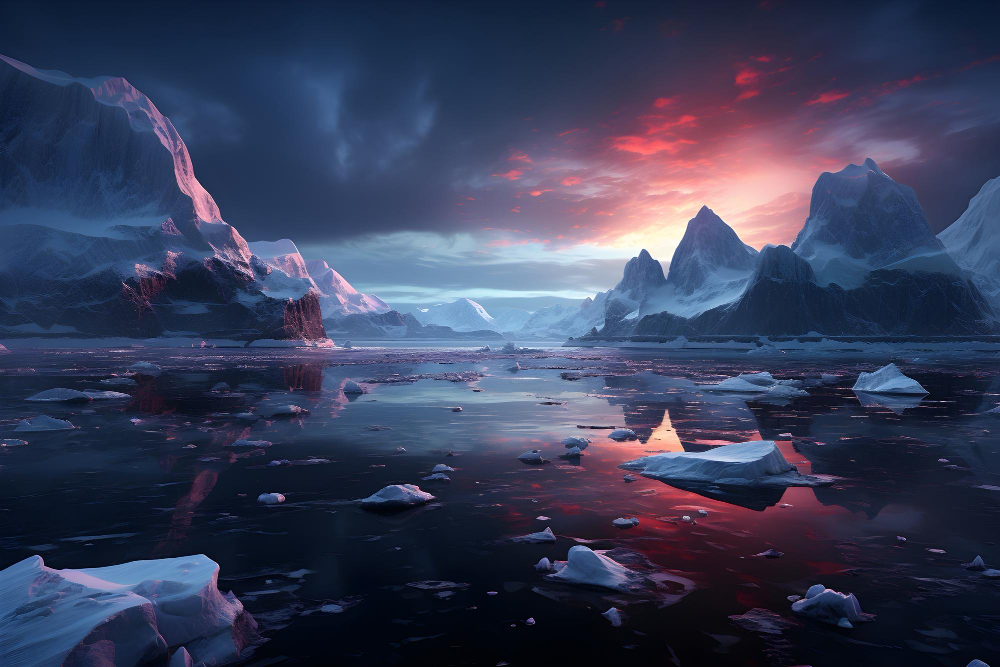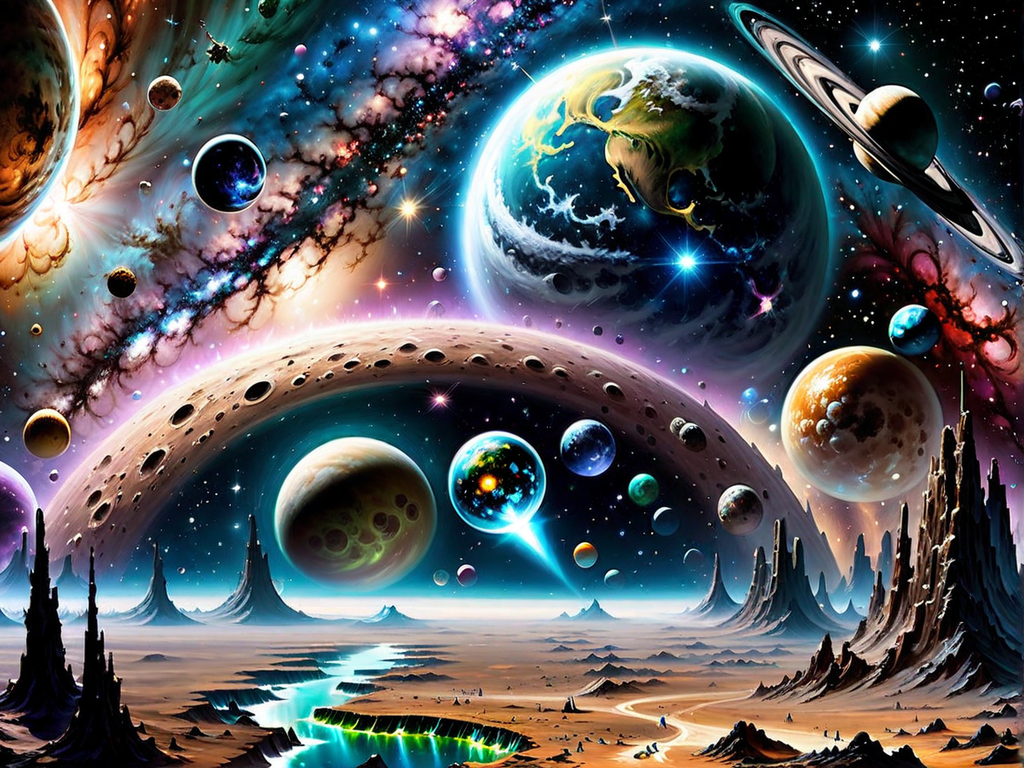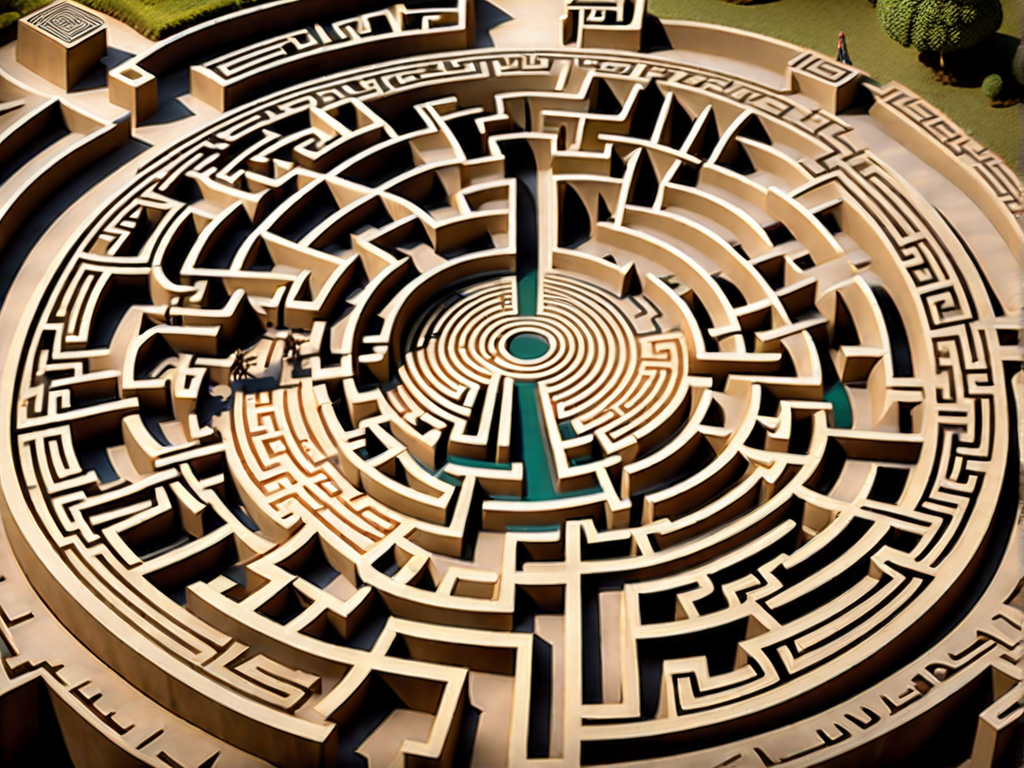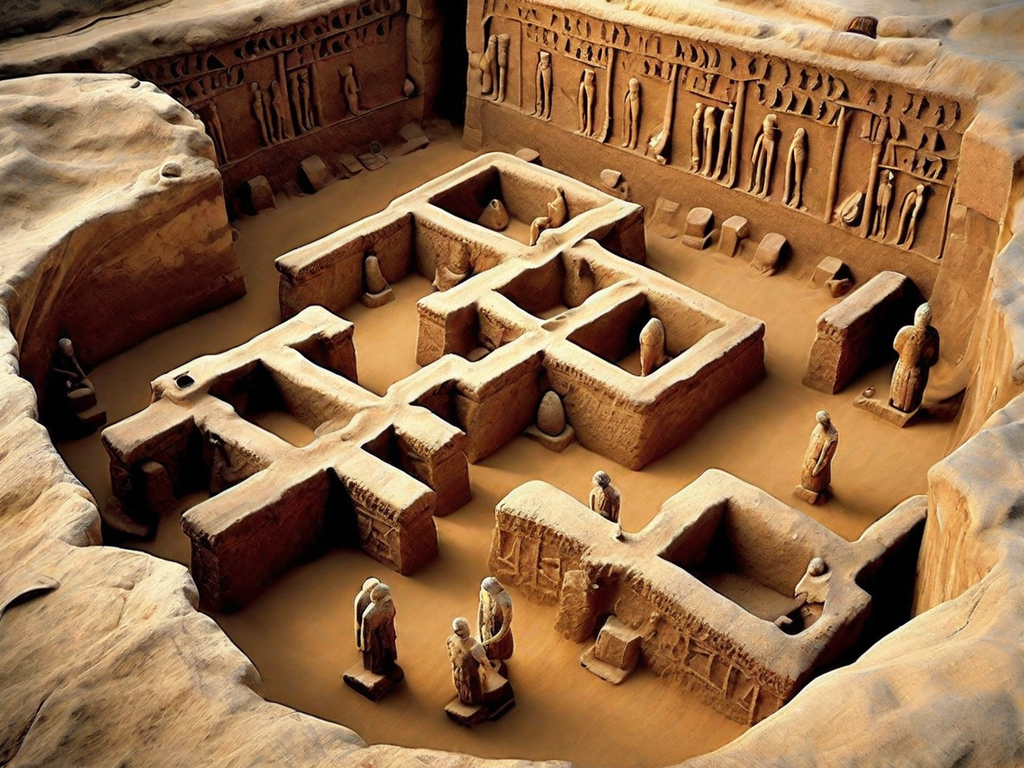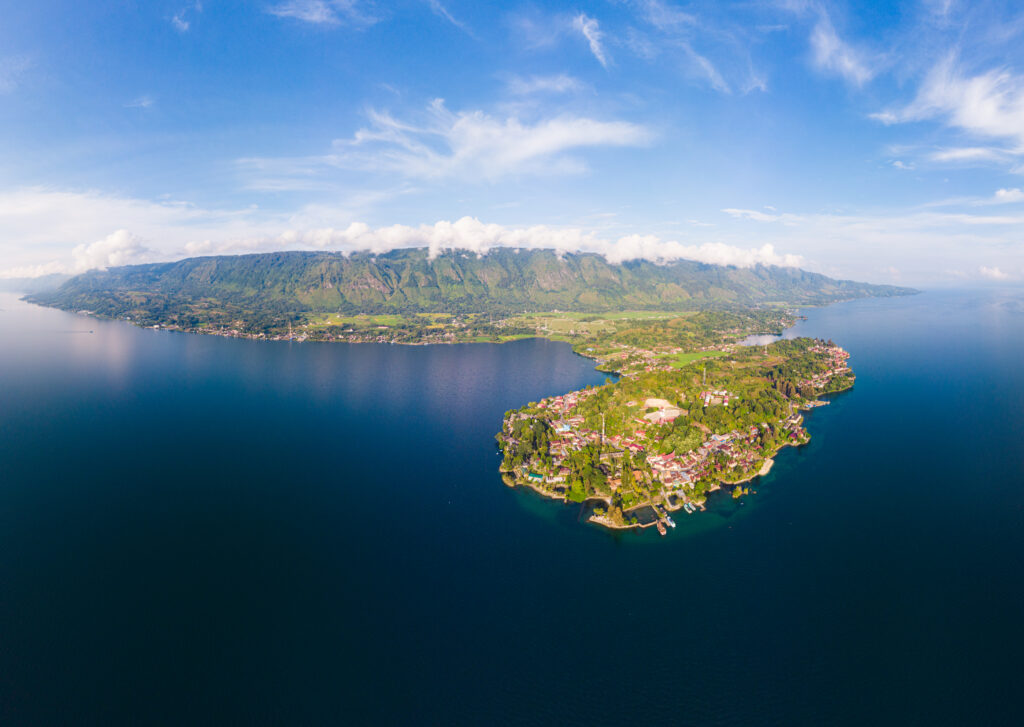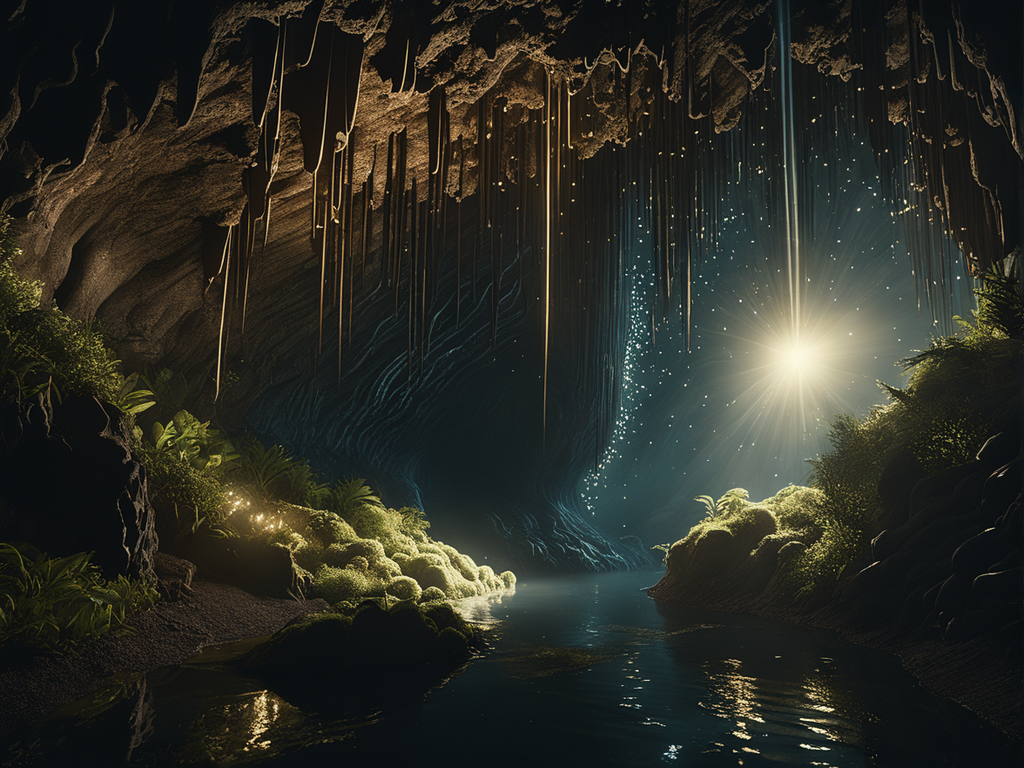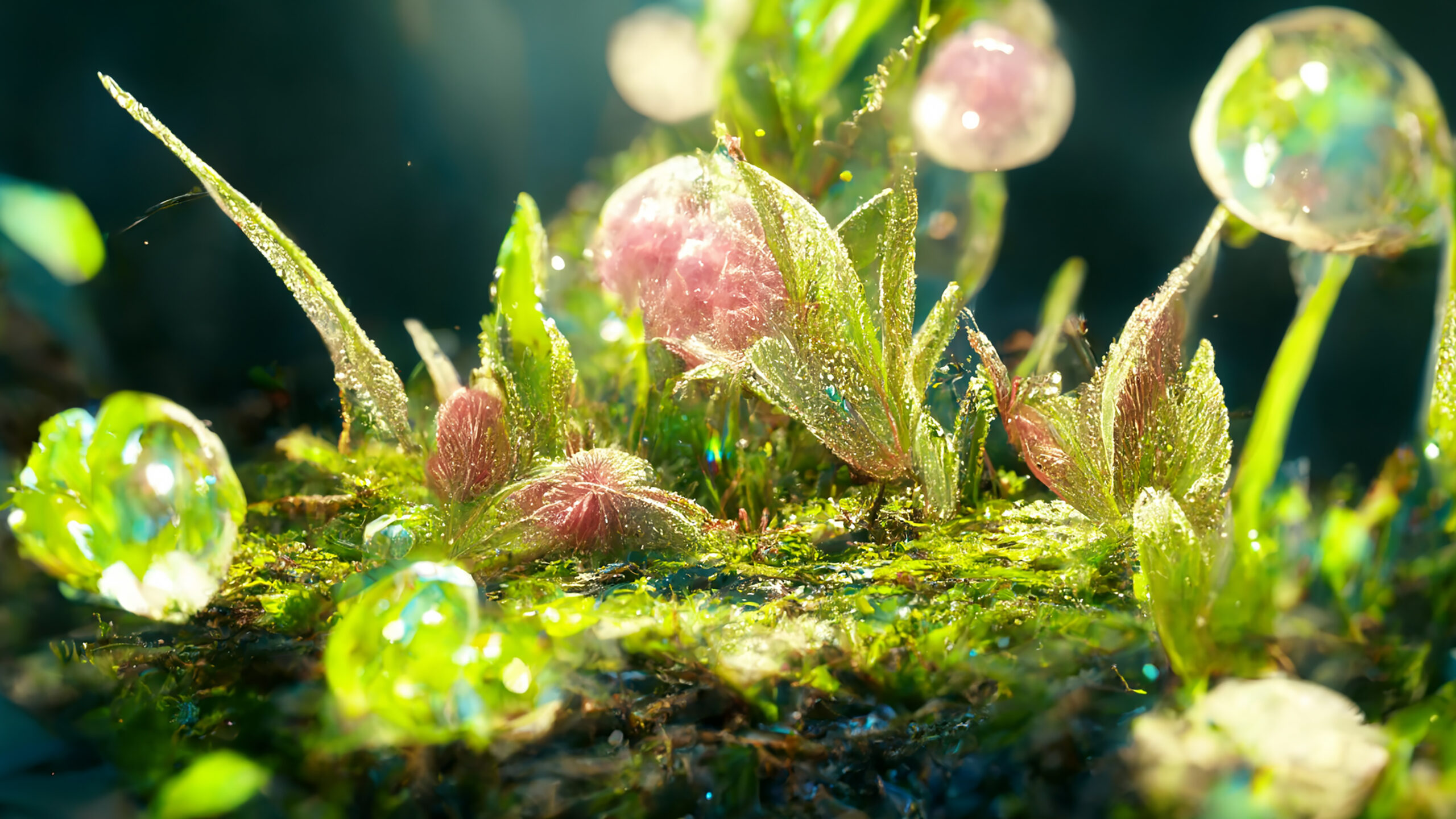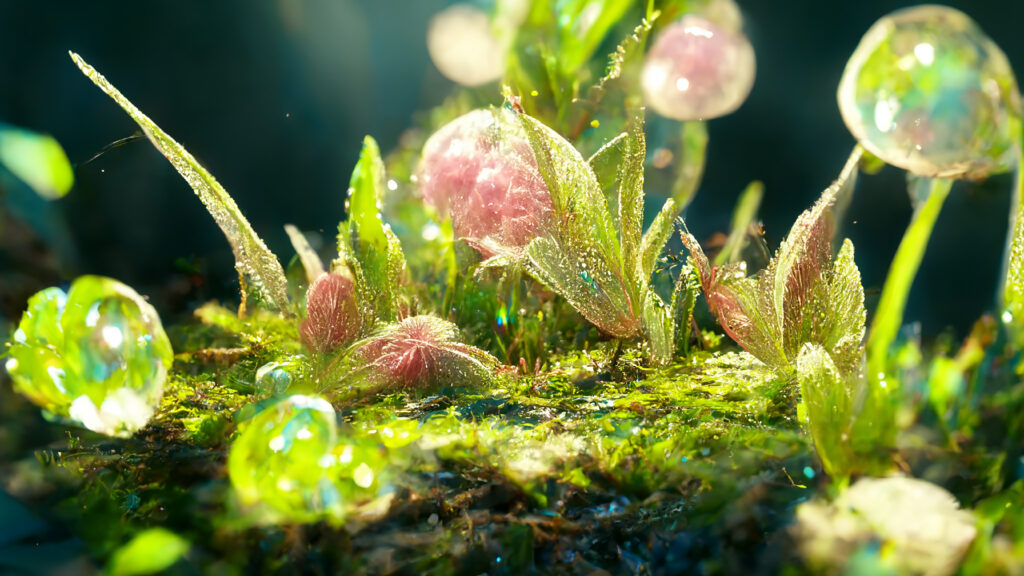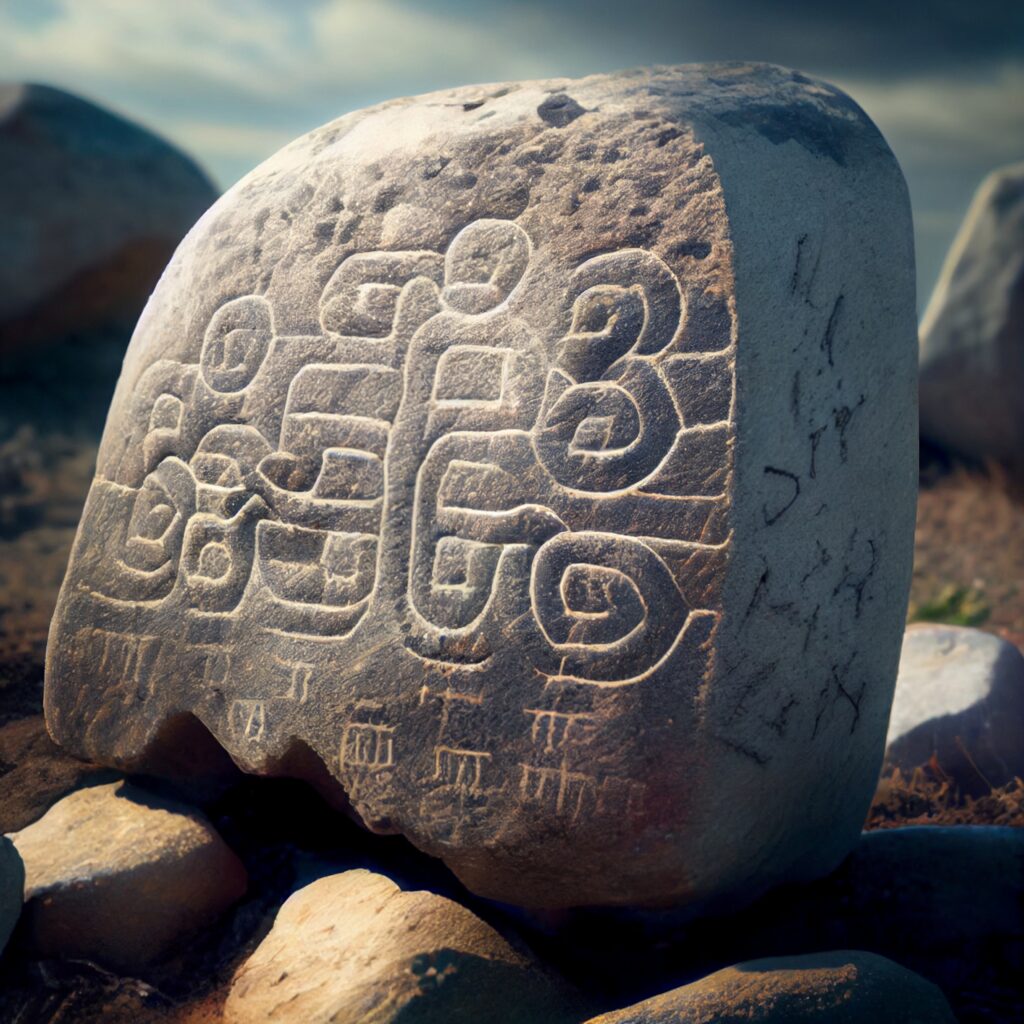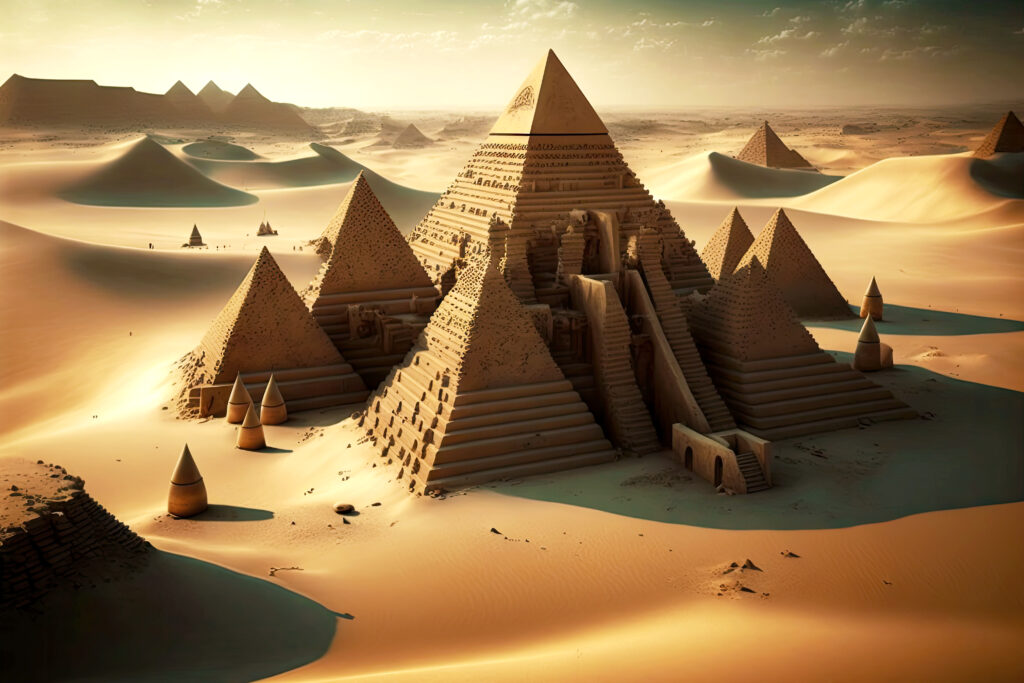Desert landscapes hold a mystique that has captivated human imagination for centuries. Among the most iconic features of these arid regions are the mesmerizing sand dunes, where vast expanses of seemingly lifeless terrain conceal secrets of unparalleled beauty and mystery. In this deep dive, we will embark on a journey into the captivating world of desert dunes, unveiling their hidden wonders, and leaving you with thoughts to ponder about the enigmatic charm of these extraordinary landscapes.
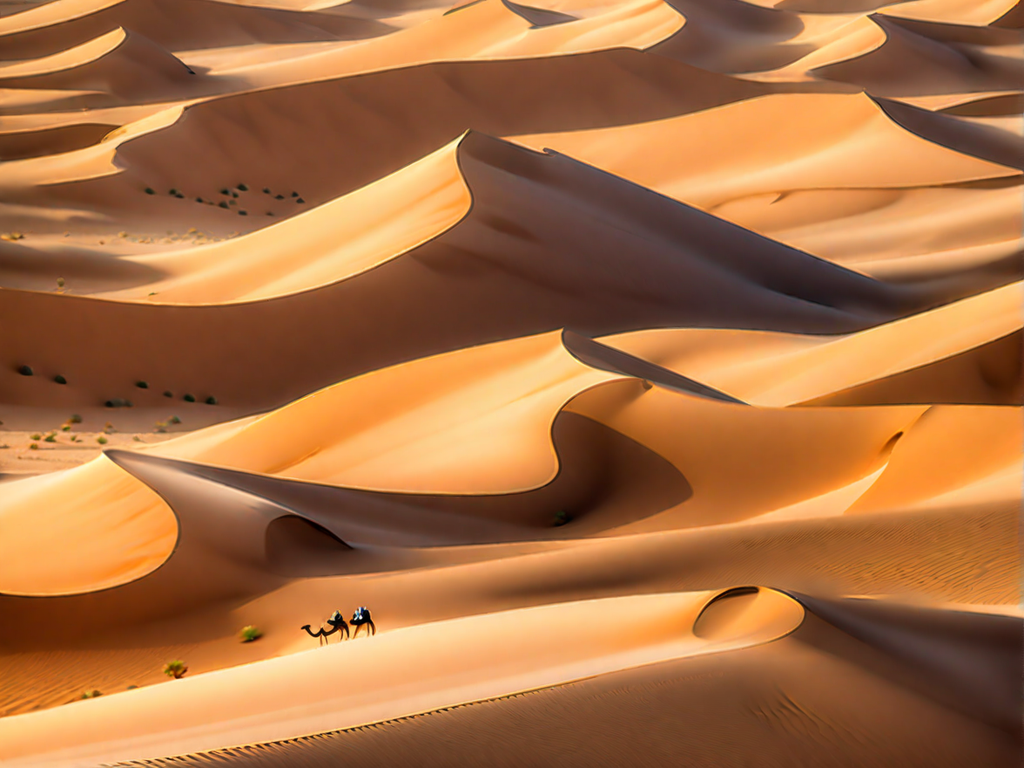
The Riddle of the Dunes
Sand dunes are nature’s sculptures, the product of wind and time. These elegant formations are in constant motion, shaped by the ever-shifting sands. Dunes can rise to towering heights, their contours flowing like waves frozen in time. But the mystery lies in the dunes’ ephemeral nature, where what we see today may be gone with the wind tomorrow.
The Creation of Dunes
Dunes are formed through a delicate interplay of factors. Wind is the primary sculptor, as it carries sand grains and deposits them in certain areas. Vegetation, like grasses and shrubs, plays a role in stabilizing dunes by trapping sand and preventing erosion. The unique combination of wind patterns, topography, and vegetation gives each dune its distinctive shape and character.
Types of Dunes
Desert dunes come in a variety of shapes and sizes. Barchan dunes are crescent-shaped and often migrate across the landscape. Transverse dunes are long ridges perpendicular to the wind, while star dunes have a more complex, multi-crested structure. Each type reveals the unique forces at work in their formation.
The Endurance of Life
Despite their seemingly harsh environment, desert dunes are not lifeless. A closer look reveals a wealth of resilient organisms that have adapted to the challenges of the desert. Creatures like the sand gazelle, sidewinder snake, and numerous species of insects have evolved to thrive in this arid landscape, proving that life can find a way even in the most unforgiving terrain.
A Canvas for Nature’s Artistry
One of the most captivating aspects of desert dunes is their ever-changing appearance. The interplay of light and shadow creates a dynamic canvas that shifts throughout the day. Sunrise and sunset cast dunes in a warm, golden glow, while the midday sun reveals the intricate textures and patterns etched into the sand.
The Human Connection
Desert dunes have held a profound connection to human cultures throughout history. They feature prominently in art, literature, and spirituality. In many desert regions, indigenous peoples have revered dunes as sacred places, imbued with cultural significance. They are both a source of life’s essentials, like water, and a symbol of the timeless and immutable.
Adventure and Exploration
Desert dunes also draw adventurers and explorers seeking the thrill of conquering these formidable landscapes. Activities like sandboarding and dune bashing have gained popularity, offering adrenaline enthusiasts a taste of the dunes’ challenges and exhilarations.
The Ephemeral Beauty
Desert dunes are ephemeral creations, shaped by the wind and time, forever in flux. While they appear solid and immovable, they are, in fact, ever-changing. This transience adds to their allure, reminding us of the impermanence of all things.
Environmental Challenges
The delicate balance of desert ecosystems faces significant challenges. Climate change, desertification, and human activities threaten these landscapes and the life they support. As we appreciate the beauty of desert dunes, it’s crucial to also consider the importance of their conservation.
The Endless Allure
As we conclude our journey into the world of desert dunes, we invite you to share your thoughts and reflections. Have you ever encountered these enigmatic landscapes, and what were your impressions? What aspects of desert dunes leave you in awe of their timeless charm? Let’s engage in a discussion that explores the mysteries of these captivating landscapes and celebrates their role in our shared human experience.


